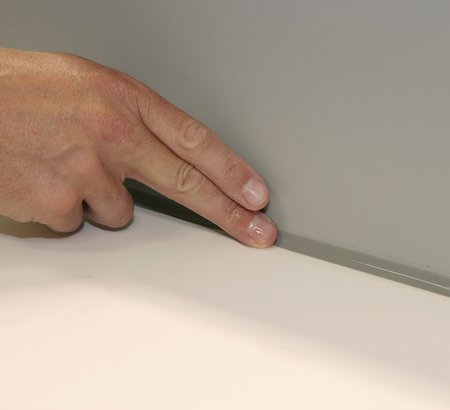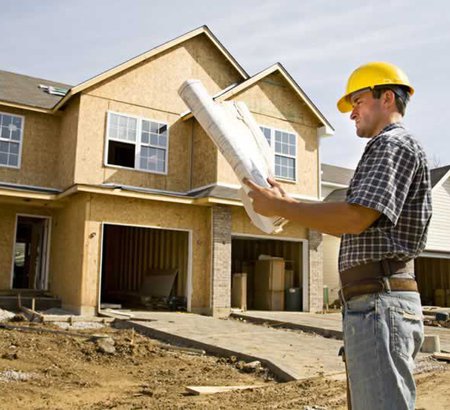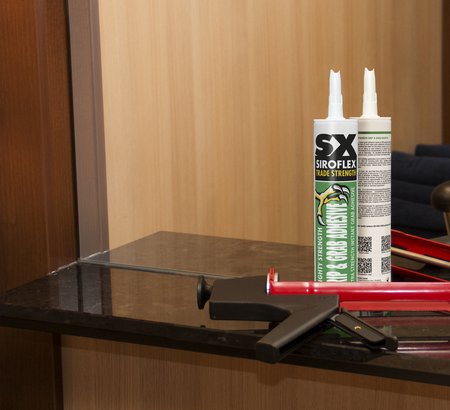Joint dimensions, joint constructions

Both inside and outside of building structures joints are used. These might include: - Joints, for example, between frame / wall - Expansion joints, for example, between concrete slabs themselves These joints are knowingly provided in the structure to absorb expansions and contractions. The joints have in common that they are narrower and wider by operation of the structure in which they are located. This effect may be caused by: 1. Vibrations caused by traffic loads, machines; 2. Deflection of the structure by wind load; 3. Expansion and contraction of building materials by contracting and extracting moisture; 4. Expansion and contraction of building materials by temperature changes (thermal expansion and contraction). While drawing the design of the building, these operations will have to be taken into account, and both the length of structural parts as the width of the joints have to be chosen in such a way no overloading of the seal material will take place. Although the causes mentioned under 1, 2 and 3 can, under certain circumstances, exert a significant effect on the joints, in most cases the greatest effects are caused due to thermal expansion and contraction of the materials.
Technical Bulletin - Joint Dimensions
Related articles
-
-
Applications
Inspection, maintenance and repair of sealant joints
Durability of sealants under normal weather circumstances can vary from 5 to more than 30 years, depending the type. This means with a good functioning and application of the sealant replacement is only mandatory after several years. In this period situa…
Read more -
Applications
Mirror bonding
As, for esthetical reasons, mirrors are mostly applied to walls and doors without any mechanical support, special adhesives are used to fasten these mirrors ”invisible” onto the supporting surfaces. Mirrors are sensitive products, because of which not ev…
Read more



